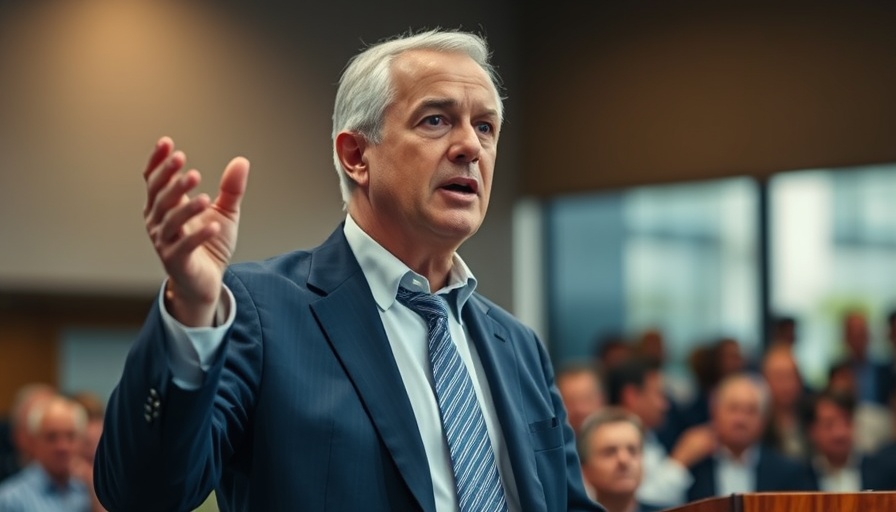
The Disappearance of 'Made in the USA' Branding: What It Means
When consumers see "Made in the USA" on a product, they often conjure images of high quality, domestic job support, and patriotic pride. However, the recent shift on the Trump Mobile website, where this branding has been removed, raises important questions about the authenticity of such claims. Initially, the promotional material for the upcoming Trump T1 phone indicated it would be manufactured entirely within the United States. This claim appeared to bolster the product's allure by appealing to buyers' sense of national pride. Yet, the current wording—"brought to life right here in the USA"—is far looser and may lead to assumptions that are not entirely accurate.
Why Consumer Trust is Important in Tech
The tech industry thrives on consumer trust. Reports suggest that altering key specifications of the Trump T1 phone—such as its RAM size and screen dimensions—could further erode public confidence. Industry analysts have expressed skepticism about the feasibility of manufacturing a smartphone entirely in America, due to the global nature of the electronics supply chain. This complexity can lead to mixed messages about where and how a device is made. For a product that relies heavily on its Made in America branding, any hint of inconsistency could deter potential buyers.
Changing Technical Specs: What’s Going On?
Another issue that has been highlighted is the inconsistencies in technical specifications listed on the Trump Mobile website. Originally, the phone was advertised with a sizable 6.78-inch display and 12GB of RAM, but these have been downgraded to only 2.5 inches and potentially a lower RAM capacity. These significant cutbacks may spark concerns among tech-savvy consumers who carefully review specs before purchase. Such discrepancies could imply a lack of transparency or lead consumers to question product viability.
The Role of Branding and Consumer Perception
Branding plays a crucial role in shaping consumer perception. The initial emphasis on "American-made" was likely employed to create a unique selling proposition in a highly competitive market. However, stakeholders must realize that consumer vigilance has heightened; buyers are increasingly wary of over-promised features and under-delivered realities. Studies have shown that the majority of consumers are less likely to purchase products from brands that they perceive as misleading.
The Bigger Picture: Manufacturing in Today’s Economy
This situation opens up broader questions regarding manufacturing in the United States. While there have been pushes towards domestic production as a patriotic act, many products still rely on a multitude of components sourced internationally. This reality invites an examination of how feasible it is for companies to produce completely domestically in an increasingly interconnected global economy.
Implications for Other Brands and Products
The integrity of brand messaging is not only vital for Trump Mobile but also serves as a cautionary tale for other companies attempting to leverage nationalism in their marketing strategies. As companies navigate this landscape, they must prioritize honesty and transparency in their claims or risk alienating their customer base. Understanding what consumers value will be crucial for maintaining brand loyalty in the long run.
The recent changes on the Trump Mobile website and the surrounding media coverage serve as a reminder of how swiftly perceptions can shift based on new information. Companies, particularly in the tech sector, cannot afford to be complacent about the power of consumer trust, especially as they position themselves in a politically charged environment.
In summary, as consumers become more informed and vigilant, companies are on notice: transparency and accuracy in branding messages are crucial for maintaining market credibility. It will be essential for the Trump Mobile brand, as well as others, to address these questions head-on if they wish to cultivate a loyal consumer base.
 Add Row
Add Row  Add
Add 




Write A Comment